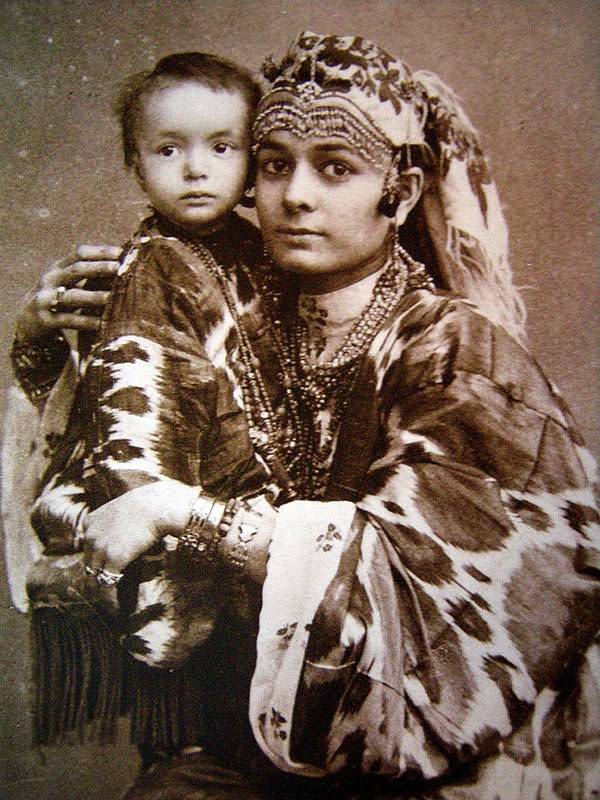The vibrancy of traditional Uzbeki ikat really does do justice to the name. In Persian, ikat is called ‘abr’ or ‘cloud’, as ikat is considered to be a wondrous reflection of the clouds in still water, a much needed refuge from the heat and aridity of the parched landscape.
Today, rich silk ikats are the national fabric of Uzbekistan and are a reminder of the textile glory of Central Asia.
– Manika Dhama of Jaypore, Storytellers of Wonder blog
And now I’ll leave you with one last touch of ikat inspiration below. I hope you’ve enjoyed this global perspective on Interiors by Jacquin today. I plan to keep the international content coming… after all, style transcends boundaries! Be sure to subscribe!
(Left) Image via Pinterest, Jose Villa Photography (Right) Image via Pinterest, Corea Sotropa Interior Design








